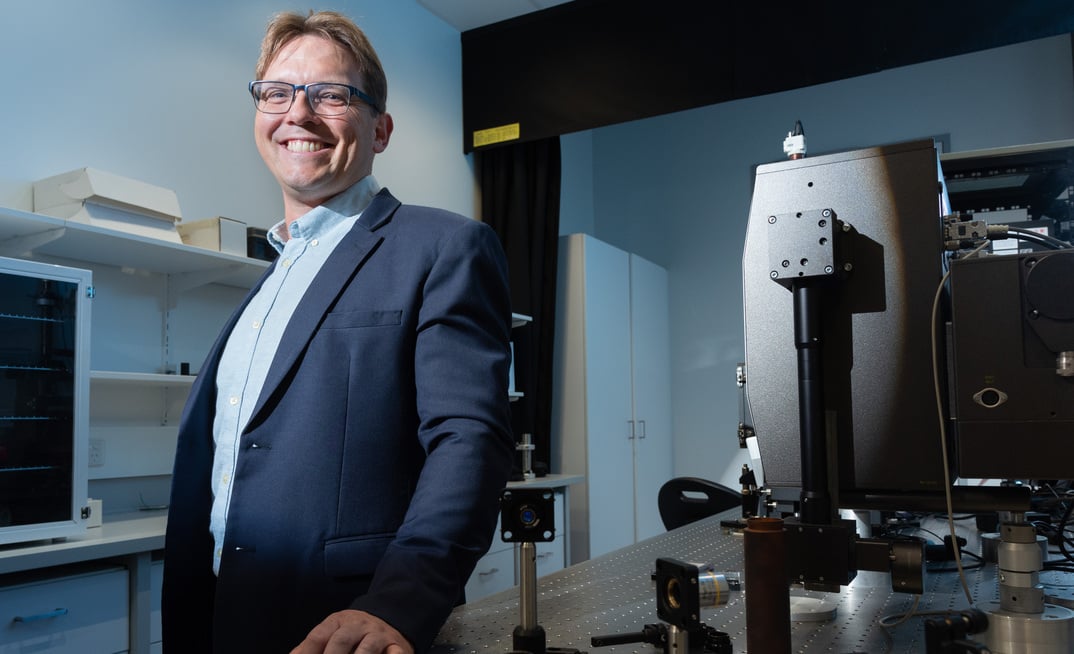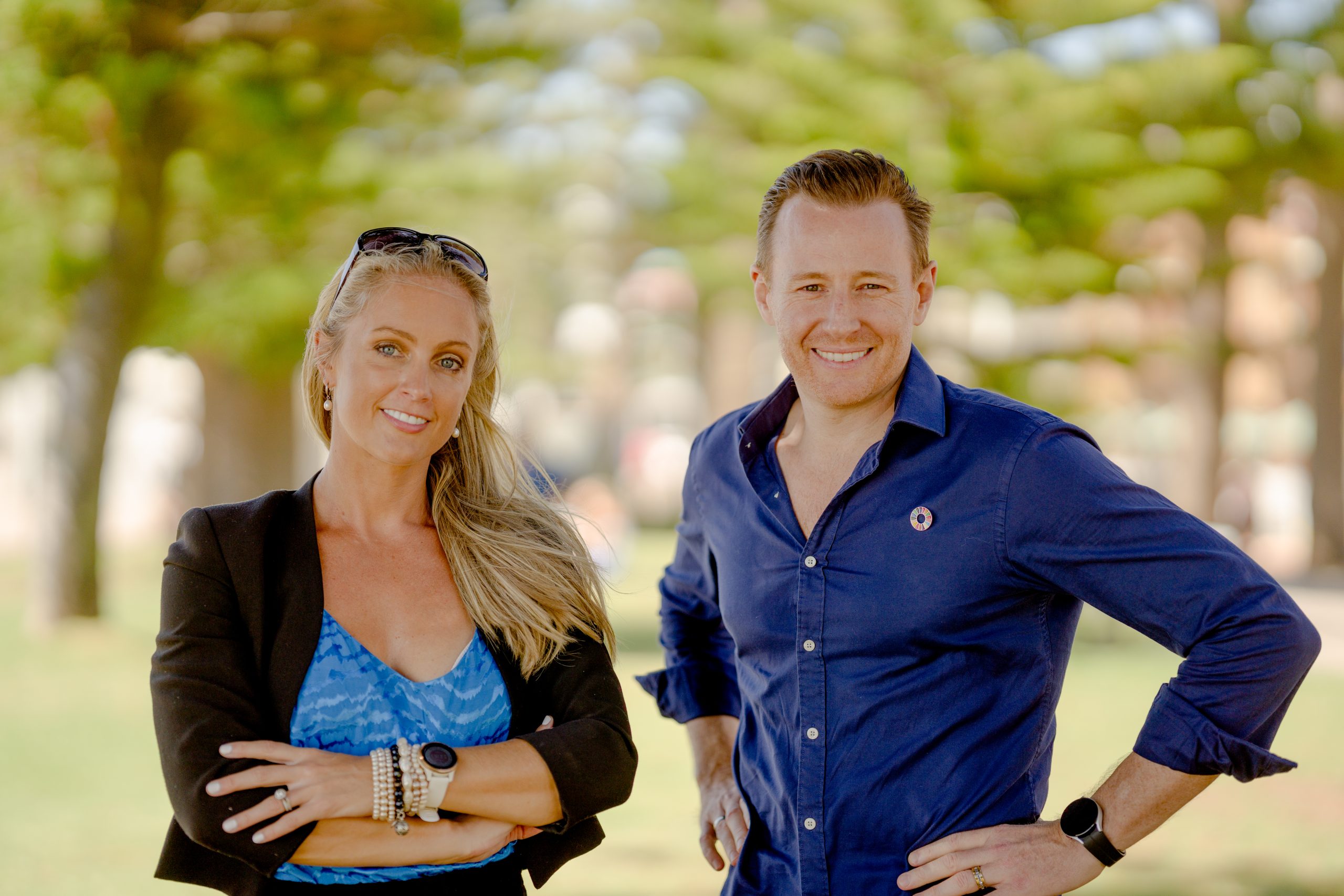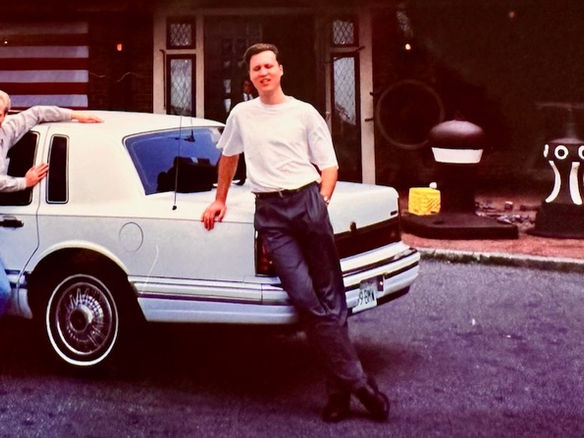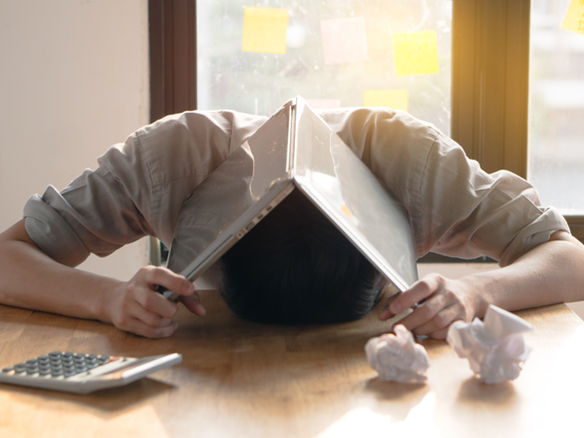(Originally published in Women’s Agenda)
With approximately 18 percent of the population living with some form of disability, it’s clear that disability is not an isolated issue but a widespread reality for many.
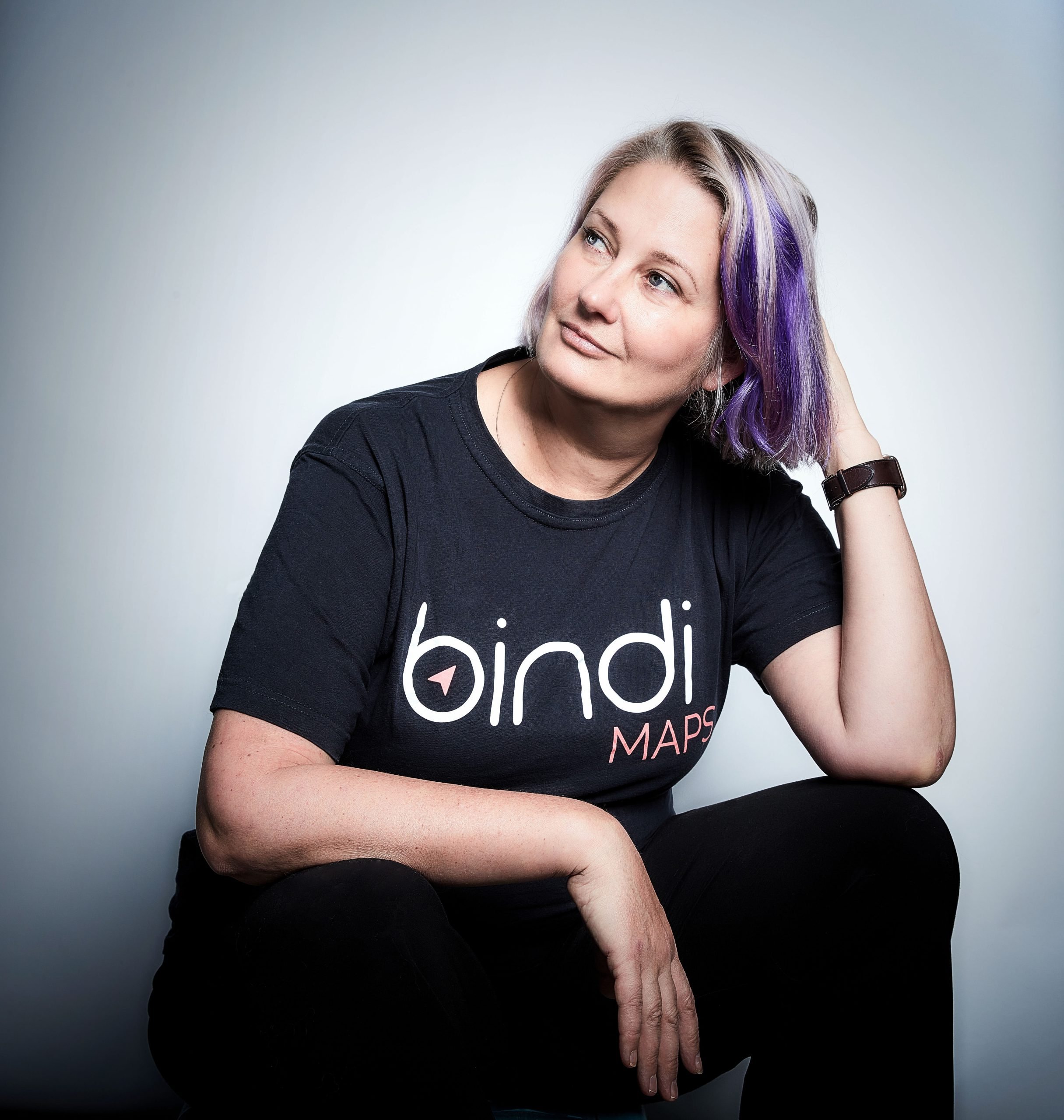
And when it comes to understanding and addressing disability, there are two prevailing models: the medical model and the social model.
Both models do have their merits.
For instance, the medical model sees disability as a health condition or impairment inherent to an individual. Accordingly, solutions to disability-related problems are viewed from a personal medical standpoint, such as treatment, rehabilitation, or cure.
While this can enhance the lives of individuals with disabilities, solely relying on the medical model overlooks the societal barriers that hinder their full participation in society.
For instance, people with disabilities are consistently half as likely to be employed as people without them. Those without disabilities also often overestimate the negative effects of disabilities, while those with disabilities still struggle to be seen as capable and valuable employees.
We therefore need something more than just the medical model if we are to shed light on the true nature of disability and find practical solutions to the challenges faced by people with disabilities.
We must also question whether disability is solely an individual struggle or rather a reflection of the barriers present in society.
The environment as the real disability
The social model of disability challenges us to reconsider where the “problem” of disability lies. In this model, it is not considered to be the individual’s physical or mental condition that is the primary issue; rather the societal and environmental barriers that prevent full participation.
For example, the image of a person in a wheelchair at the bottom of a staircase poignantly asks: Is the problem the individual’s mobility, or is it the staircase itself?
This model posits that disability is primarily the result of the world not being designed for all its inhabitants. It’s about recognizing that when environments are inaccessible, they disable people, not the other way around.
Imagine another scenario: a building shrouded in darkness at night. Here, anyone, regardless of their vision capabilities, faces challenges navigating. This illustrates how environmental conditions can “disable” people, highlighting that the problem often lies not within the individual but with the environment.
However, suggesting that removing societal barriers can eliminate all disablement may be overly optimistic. While a significant amount of disablement can indeed be mitigated by designing inclusive and accessible environments, it’s crucial to acknowledge that individual experiences of disability are complex and multifaceted.
Not all aspects of disability can be fully addressed through environmental adjustments alone, but a substantial portion of the barriers can be reduced or eliminated, significantly improving accessibility and participation for everyone.
The emphasis on equal opportunities and rights is a cornerstone of the social model. It advocates for adjustments in physical spaces and societal attitudes, ensuring that these accommodations are seen as standard, rather than special concessions.
For able-bodied individuals, amenities like lighting and seating in public spaces are expected; similarly, features that enhance accessibility should be integrated with the same level of priority.
This is where technologies like the digital wayfinding app, BindiMaps emerge as a tool to make the environment more accessible to visually impaired people. It recognises that the problem lies not in the individual’s impairment but in the design of our surroundings and systems.
By providing intuitive indoor navigation, BindiMaps addresses the inadequacies of physical spaces that hinder individuals, particularly those with vision impairment or mobility challenges. It bridges the gap created by environmental barriers, fostering inclusivity, and granting individuals greater autonomy.
And it wouldn’t just be people with a disability benefiting either.
The power of inclusion
Research suggests that by enhancing employment opportunities for people with disabilities and improving disability employment statistics to rank among the top eight Organisation for Economic Co-Operation and Development (OECD) countries by 2050, the Australian economy could gain nearly $50 billion in GDP.
Clearly, we ALL stand to benefit from a very necessary paradigm shift in how we treat and integrate people with disabilities into society. The social model of disability offers a more comprehensive understanding of disability and a practical solution to the challenges faced by individuals with disabilities.
Shifting the focus to the environment and societal structures is the first step in creating a more inclusive and accessible society that accommodates everyone, regardless of their physical or mental condition. We need to work towards a future where disability is not seen as a personal tragedy but rather a call to create a society that embraces diversity and removes barriers.



